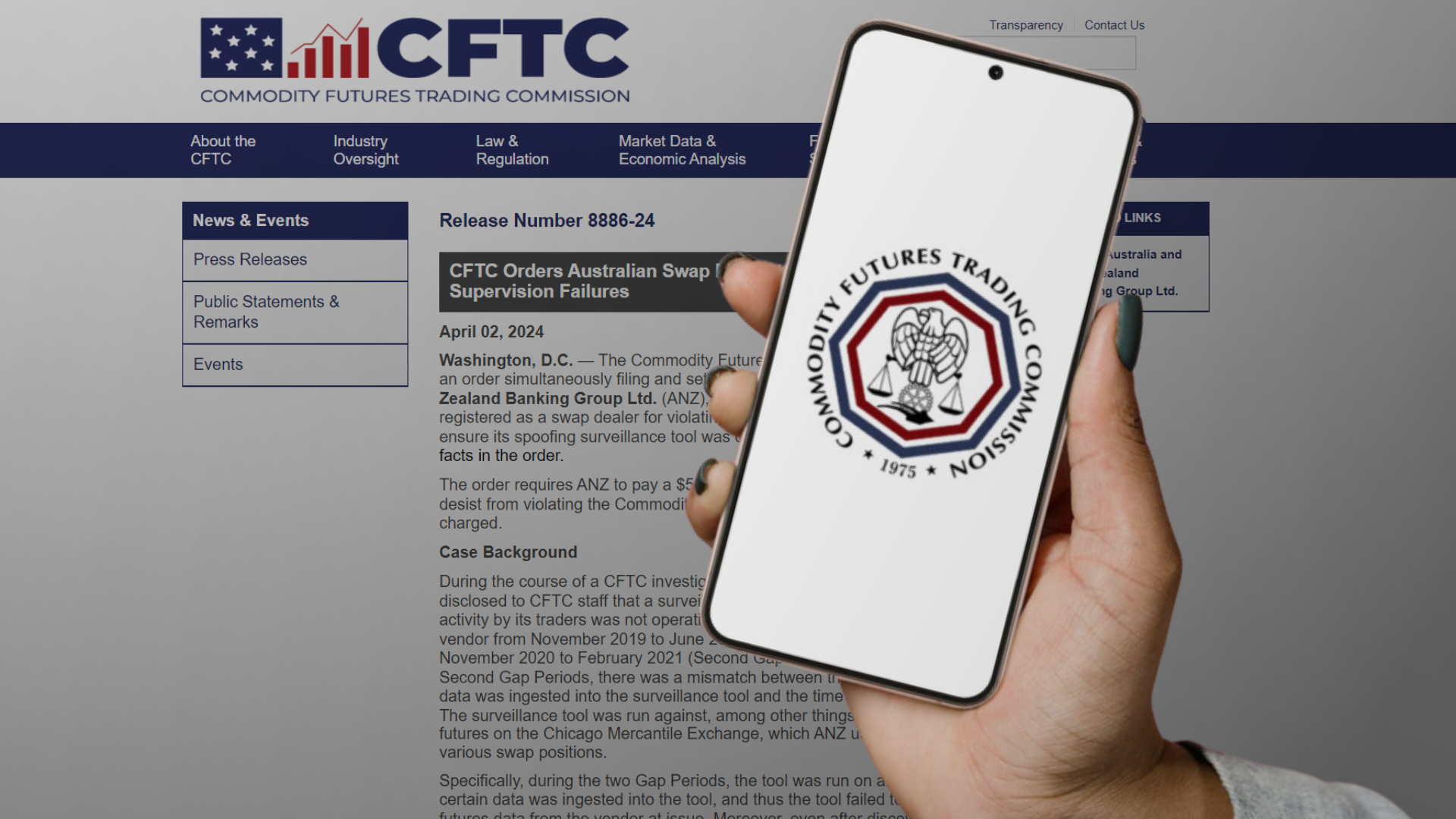
Day 1
Automation, transparency and investment in technology were some of the themes discussed during day one of TradeTech 2020.
1. BCP planning and trading “bubbles”
Most firms have quickly adapted to the new working conditions – often going above and beyond what we would see in normal conditions. Rotation schedules, multiple failover sites, and additional offices have been some of the key focus areas.
Beyond this, some firms have even planned for extreme events such as all of London losing connectivity. Others have done interesting experiments creating work “bubbles” for months at a time – similar to what we have seen in sports. The results apparently were remarkable. Whilst the traders obviously missed their friends and family during their time in the “bubble”, the immersive experience drove positive results.
2. Investment in Technology
The importance of high-quality technology solutions to help reduce workload was highlighted in response to the increased pressure on compliance departments during lockdown.
One thing that has become clear is that operational technology must work – in all circumstances. As work habits shifted, the use of e-communications platforms increased and surveillance alerts skyrocketed, many firms reassessed their setups and upgraded their technologies.
The problem with most legacy systems is that they are not adapted to today’s trading operations, which span far and wide – from initial orders all the way through to post-trade workflows. With legacy technology, firms are left to map all this data together from different platforms which is labour intensive, error prone and expensive.
These cracks became clearer during lockdown and many people now estimate that modern technology adoption – including the acceleration towards cloud – will increase over the coming years.

3. Transparency and data
There was a consensus that while there is still some way to go, MiFID II has created a far less opaque world. This post-trade transparency has become a key element for decision making.
For example, firms are getting better insight into market movements, which is helping them to provide better execution to clients. Traders also have much more transparency in terms of where they are executing and the available liquidity on those platforms. This helps firms measure their Systematic Internalisers (SIs) and the wider execution landscape.
Many speakers highlighted that MiFID II is helping them answers questions more quantitatively than ever - and that the quantitative use of data is key for a competitive advantage in today's trading landscape.
4. Regulatory change & Brexit
Many project that there is more divergence to come but that it does not necessarily have to be a bad thing. It seems that most Financial Institutions have assumed that equivalence and passporting will not happen and have set up separate entities in Ireland or mainland Europe.
There are, however, concerns around the economic implications of Covid-19 as it is estimated that Europe will be one of the hardest hit regions. A particularly worrying trend is the overall market turnover has fallen dramatically compared to 2018.
UK and EU regulators need to focus their efforts on ensuring that capital continues to flow in the right direction. From a UK perspective, the important thing is that the FCA continues to provide a regulatory environment that meet the needs of a truly international market.
.png?width=791&name=Enhance%20your%20comunications%20surveillance%203%20(2).png)
5. NEW DEMANDS
Whilst traditional requirements remain the same, we are seeing an increasing demand on data analysis which is a fairly new issue. The amount of data consumed has grown exponentially which means there is more to data to analyse in order to gain insight. But the more data there is the harder it is to sift through the noise and identify hidden opportunities.
As a result, we have seen a shift in recruitment practices. With increases in electronic trading, many firms are hiring more quantitative traders. More and more firms are wanting to consume and analyse their data in-house and are staffing accordingly.
6. Automation
Automation is more and more important every year for the buy and sell-side, as they are continuously challenged to operate more efficiently.
This is particularly pertinent for the buy-side which has been hardest hit by regulatory pressures, high competition and squeezed fees. Covid-19 has pushed automation up to a top priority for many firms who are actively looking at how workflows and enhanced analytics can improve client services.
7. TCA and multi-asset trading
When we are looking at TCA it is important to remember that it has many different use cases and therefore is difficult to standardise. Traders use TCA to improve trading. Regulators use it to monitor the market. Compliance use it for outlier analysis. Because of these different use cases, the methodologies and calculations need to be different.
There has always been a debate about whether it is possible to standardise TCA across asset classes and use cases and the general opinion is that this is not possible. In fact, even though the pressure on creating multi-asset trading desks is increasing, many argued that this does not mean that all assets are traded in a similar fashion. Despite the existence of multi-asset trading desks, most buy-side speakers highlighted that all assets are different and need to be treated differently. Whilst teams have merged, trading modes are still separate.
It was highlighted more than once that the sell-side needs to recognise this. Shoehorning has happened a lot in the past and it does not work. There are of course elements that are similar but when we look at things like TCA, we cannot use the same methodology or apply algorithms used for equity TCA to other asset classes like Fixed Income.
DAY 2
Automation, transparency, and data continued to be popular themes throughout day two of TradeTech. There were also interesting discussions about the value of data and the role of machine learning and artificial intelligence in financial services.
1. DATA DRIVEN DECISIONS CREATE NEW OPPORTUNITIES
The use of data in decision making was brought up more than once. Many speakers highlighted that while data does drive decision making, the data landscape is becoming more and more complex.
Firms need to understand what they can learn, what can be predicted, and how to improve performance with the use of data. However, with all the information created and consumed today and the number of platforms and systems in use, only bringing together data for analysis can be a significant challenge, not to mention the normalisation, cleansing and validation that is also required before data can be used. As a result, this can seriously delay a firm’s response to new insight and information.
However, many firms are realising that in order to compete, they need to be able to analyse data in real-time and are investing in tools and technology that enable this.
It is also important that firms get both long and short-term views of data. Short-term analysis using real-time data is vital for firms to quickly adapt and adjust to changing market conditions. A long-term view on the other hand can provide valuable predictions of future market trends.
2. MACHINE LEARNING
The big question that was raised during day two was how to get machine learning right. This is, of course, a very complex challenge and will depend a lot on the type of business using machine learning. However, one of the key highlights was building out a deep learning infrastructure, which requires the automation of data integration. To succeed in machine learning, firms need to be able to efficiently and quickly bring together, cleanse, normalise and validate their data so that it can be analysed and used holistically.
It was also highlighted that we must not forget about the importance of human decision making. AI models are not sufficient in isolation because of the complexities of the financial landscape, and the macroeconomic influences that impact the industry. So far, machine learning cannot understand the market structure and dynamics. A critical opinion is needed.
SteelEye is a trusted compliance platform for MiFID II, EMIR, Dodd-Frank, MAR, SMCR & more. Established to reduce the complexity and cost of financial compliance, SteelEye enables firms globally to manage their regulatory obligations through a single platform.
SteelEye’s ability to bring together, cleanse, index and analyse structured and unstructured data across all asset classes and communication types enables clients to effortlessly meet their regulatory needs, because when all this data is in one place, compliance becomes both easy and cost-effective. And with everything under one lens, firms also gain fresh insight into their business, helping them improve their efficiency and profitability.
To date, SteelEye has launched solutions for record keeping, trade reconstruction, transaction reporting, trade and communications surveillance, best execution reporting, transaction cost analysis and advanced analytics for regulations including MiFID II, EMIR, Dodd-Frank, SMCR and MAR.



.png?width=791&name=Enhance%20your%20comunications%20surveillance%203%20(2).png)







